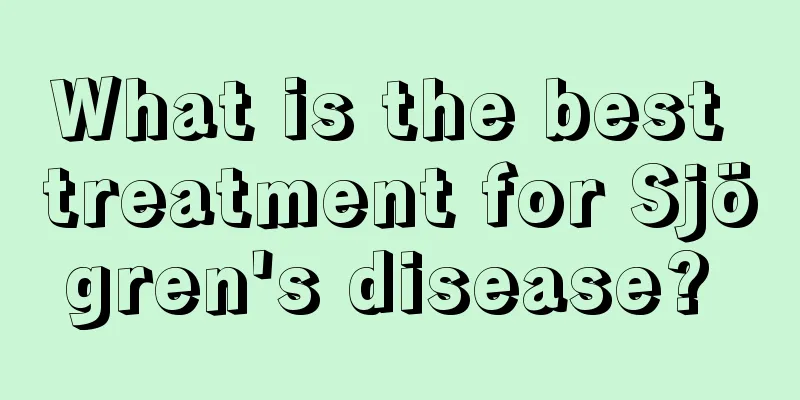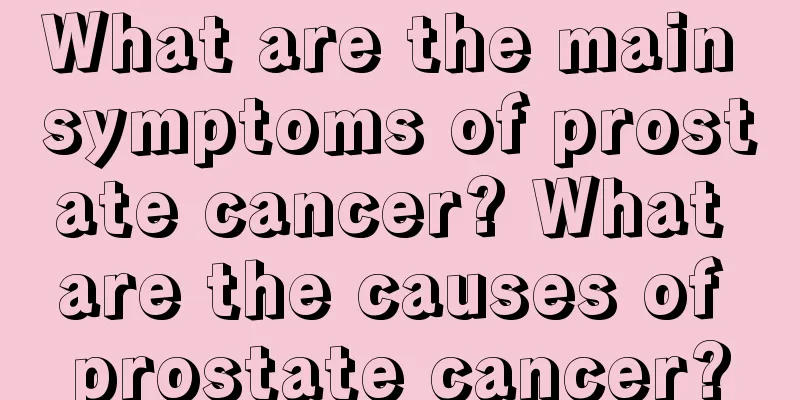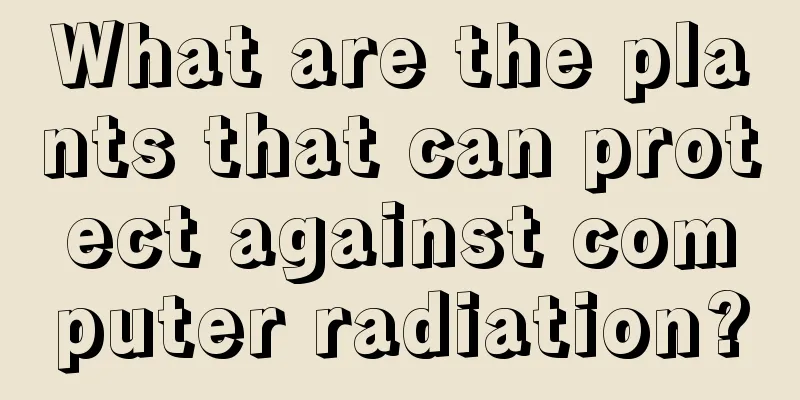What is the best treatment for Sjögren's disease?

|
Sjogren's disease is a relatively common disease. Most of the causes are autoimmune diseases. When Sjogren's disease occurs, the secretory functions of the human body's salivary glands and tear glands are greatly restricted, which often causes patients to experience dry mouth and dry eyes, and other secretory glands will be affected. If you have Sjögren's disease, you must receive timely treatment, such as systemic treatment, hormone therapy, and immunosuppressant therapy. 1. Systemic treatment: Immunosuppressants such as hormones and cyclophosphamide can be used; immunomodulators such as transfer factor coenzyme Q10, levamisole and thymosin can also be tried, but attention should be paid to the pros and cons of the drugs. 2. Hormones: For patients with stable conditions, hormone therapy should be avoided. For patients with various connective tissue diseases, hormone use is indicated. Prednisone 30-40 mg/d can be taken orally in divided doses. The dose should be reduced after relief and hormones should be withdrawn as soon as possible. If maintenance treatment is needed, it is appropriate to do it every other day. 3. Immunosuppressants: Commonly used drugs include cyclophosphamide (CTX) and azathioprine. CTX is 100-200 mg/d (for adults) and azathioprine is 100-200 mg/d (for adults). If maintenance treatment is needed after remission, the minimum maintenance dose should be selected. During treatment, peripheral blood counts should be checked every week. If the total white blood cell count is lower than 4.0×109/L or the platelet count is lower than 100×109/L, the drug should be stopped for observation. When the effect of hormones is not obvious, immunosuppressants can be added or used instead. 4. Immune activators: Transfer factor treatment can be tried for this disease, and it can relieve symptoms in some cases, but there is no change in immunological indicators and there is a fever reaction. Coenzyme Q10 5-10 mg per day, intramuscular injection, can relieve symptoms in some cases. Thymosin treatment can be tried for this disease. Although it has certain therapeutic effects, it often takes 2-3 months or even longer to achieve the therapeutic effect. For cases with rapid disease progression, it cannot control symptoms in time and has certain side effects, which is its biggest disadvantage. Therefore, the efficacy of thymosin for this disease remains to be seen. If the benign lymphocytic hyperplasia of the patient has turned into malignant lymphoma, it should be treated according to the lymphoma treatment plan combining Chinese and Western medicine. |
<<: What are the ways of transmission of botulism toxin
>>: How is botulism toxin transmitted?
Recommend
What are the early symptoms of fibroids
As society continues to develop, people continue ...
What kind of fur is good
Fur clothes are mainly made of the fur of various...
What are the symptoms of excessive formaldehyde inhalation
Formaldehyde is a chemical raw material. Some of ...
What are the common symptoms of early lung cancer? A comprehensive review of early symptoms of lung cancer
Although the early symptoms of lung cancer are no...
Can massaging the acupuncture points on the nose prevent disease?
We know that there are many acupoints on the body...
The difference between lymphadenitis and lymphoma
There are significant differences between lymphad...
What are the commonly used Chinese herbal medicines for skin cancer
Skin cancer is a type of cancer that occurs on th...
What should you do if your feet are frozen in winter?
The weather is cold in winter, and what many peop...
What to do if vaginal bleeding occurs 3 months after delivery
Many women's bodies undergo significant chang...
How many of the top ten short-lived habits do you have?
How many of the top ten short-lived habits do you...
What are the factors that lead to lung cancer?
What are the factors that cause lung cancer? In r...
How to protect liver function after interventional treatment for liver cancer? 5 ways to protect liver function after interventional treatment for liver cancer
Currently, there are many methods for treating li...
What are the magical uses of litchi seeds
Lychee is a fruit that is popular among the publi...
What does the increase of TSH after thyroid cancer surgery mean? Why should patients take Euthyrox after thyroid cancer surgery?
Thyroid cancer surgery is a very common cancer su...
What does a mole in the middle of the forehead mean?
Moles can appear on any part of the human body, a...









